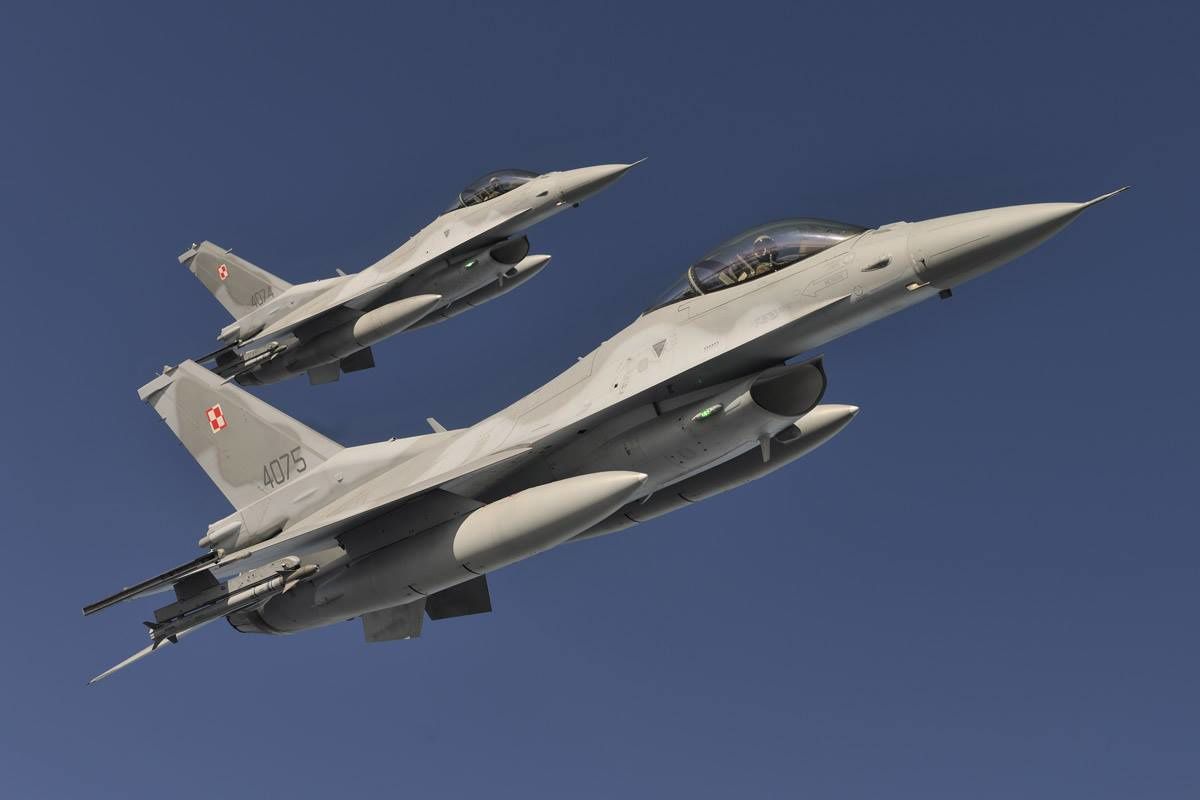June 4, 2015: Strategy Page
Israel recently ordered $1.9 billion worth of smart bombs from the U.S. This order mainly consists of JDAM (22,000 kits for 500, 1,000 and 2,000 pound bombs). Nearly half the JDAMs are for 500 pound bombs. Also included are 1,500 Paveway laser guided bomb kits. These kits are added to an unguided bomb to create a GPS guided JDAM smart bomb. A number of non-kit smart bombs were also ordered including 4,100 SDBs (Small Diameter Bomb) and 3,000 Hellfire missiles. Also included were 250 AMRAAM air-to-air radar guided missiles and sundry test and maintenance equipment for all these smart bombs. This order is for expanding the Israeli Air Force war reserve and meant to cope mainly with a massive rocket attack by Hezbollah in southern Lebanon.
In late 2013 the U.S. Department of Defense suddenly increased the number of JDAM smart bomb kits ordered 17 percent (to 212,588). Over 250,000 JDAM kits have been manufactured since 1998 and the U.S. has been the biggest customer followed by Israel. This is all about stocking up for “The Big One.” The U.S. Air Force (along with the navy, marines, and army) are all moving away from using air power against terrorists and irregular troops, towards what they all refer to as “Bombing Beijing” or North Korea or Iran. This is a major change from how American air power has been used for the past two decades. In that time there has been a lot of bombing but not much opposition to the American aircraft. Since GPS smart bombs and targeting pods were introduced in the 1990s, bomber pilots have had their job reduced to that of a bomb-truck driver.
The U.S. believes the key air weapon will be smart bombs, especially the JDAM and JSOW (powered JDAM). Thus the heavy orders for JDAM, to build up the war reserve in case there is what the planners call a “major war”. Meanwhile, the U.S. has built up a huge arsenal of smart bombs. After the invasion of Iraq, the U.S. Air Force ordered a sharp increase in JDAM production, aiming for 5,000 JDAM a month. They ended up needing far less. In 2005, about 30,000 JDAM were ordered. That fell to 11,605 in 2006, and 10,661 in 2007. In 2008, only 5,000 were ordered. But now the orders are over 10,000 a year again. Most of those ordered in the past few years are being put into the war reserve. Only a few thousand a year are actually being used, and this includes those expended during training. The war reserve contains over 100,000 kits, to be used in some unspecified, but big, future conflict. Air warfare planners see the most likely major conflict as one involving China. Despite the dependence on GPS, JDAM has been adapted to resist the jamming and, if that fails there is a backup INS guidance system that, while not as accurate as GPS is accurate enough for most targets.
JDAM smart bombs were developed in the 1990s, shortly after the GPS network went live. These weapons entered service in time for the 1999 Kosovo campaign and have been so successful that their use has sharply reduced the number of bombs dropped and the number of sorties required by bombers. The air force generals are still trying to figure out where this is all going. Now the big effort is directed towards using all this new tech to shut down a more feisty and capable opponent like China (or Iran or North Korea, two more feisty but less well equipped foes).










